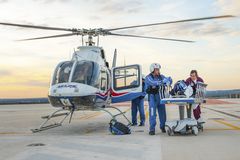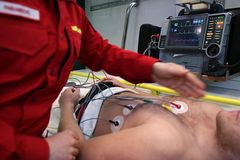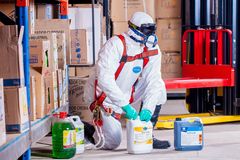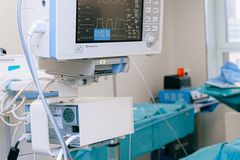Emergency Equipment
In case of an emergency the masterful reaction through experts and the immediate professional care for emergency patients are crucial. In these situations important decisions have to be made in order to initiate corrective measures in timely manner. Basis for the preparation for such emergency situations are the always unique situations, specializations and the local circumstances of the MD/organization. All relevant aspects are typically gathered and analyzed in a preparational setting which then condenses into individually planned actions and predispositions. The corresponding equipment shall then be procured, kept and maintained at site according to a preventive maintenance schedule.
Below some of the most crucial criteria
user focused:
Emergency equipment is always configured individually in order to meet the needs of the potential user. To do so, the offered medical treatments and services are to be analyzed and the equipment is procured in order to match the local needs. So should e. g. sites where ambulant operations or EKG examinations are offered, in every case dispose of defibrillation equipment and MEGA code tooling.
no official mandatory requirements:
There are no mandatory requirements or prerequisites which professionals or MDs are obliged to procure and store by law. The only exception for first responder kits for vehicles where a minimum equipment is defined. For all other emergency equipment the user is basically free to choose and add as he or she likes.
structured content:
Tools and drugs should be stored and prepared for usage in a structured and user friendly way in order to allow seamless acces.
content focused:
The emergency equipment should also allow to cope with typical emergency situations that may occur of the given type of patients (e. g. infants, persons suffering of diabetes or cardio vascular diseases). Not only should the equipment be adequate to carry out necessary interventions, but also the individual capabilities of practicioners should reflect possible emergency situations. Possibly every person present in a practice should be able to find and use emergency equipment and have the necessary skills to support professionals (MD, paramedics) during interventions.
accessability:
All persons who are present in a practice on a regular basis should know about the where and how of emergency equipment.
maintenance:
Tools and equipment are to be kept safe and in good working condition at any time. This includes regular checks of tools regarding their functionality (e. g. are batteries charged) and the monitoring of expiry dates for drugs and supportive materials.



